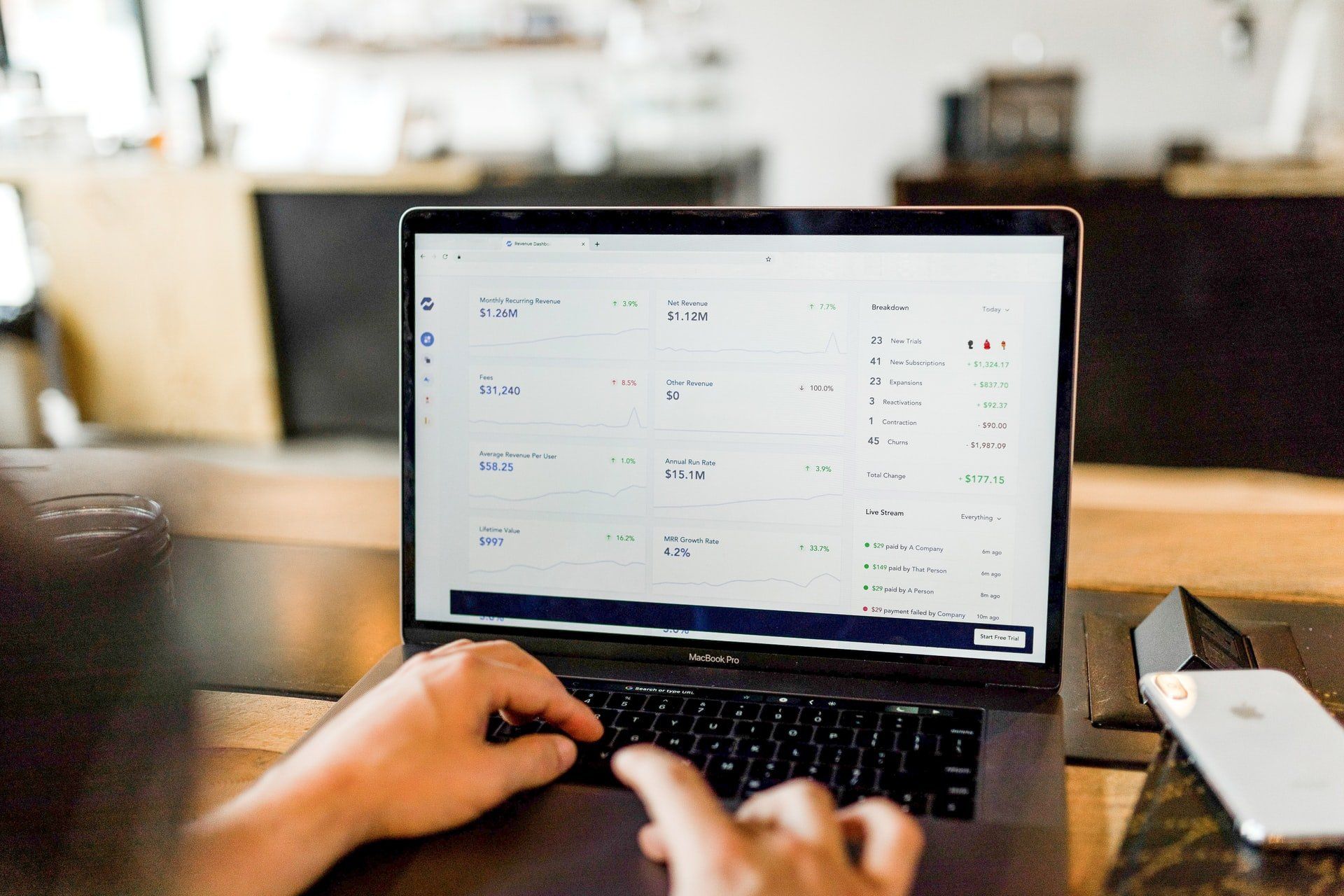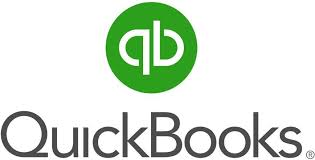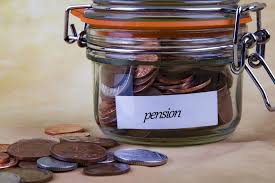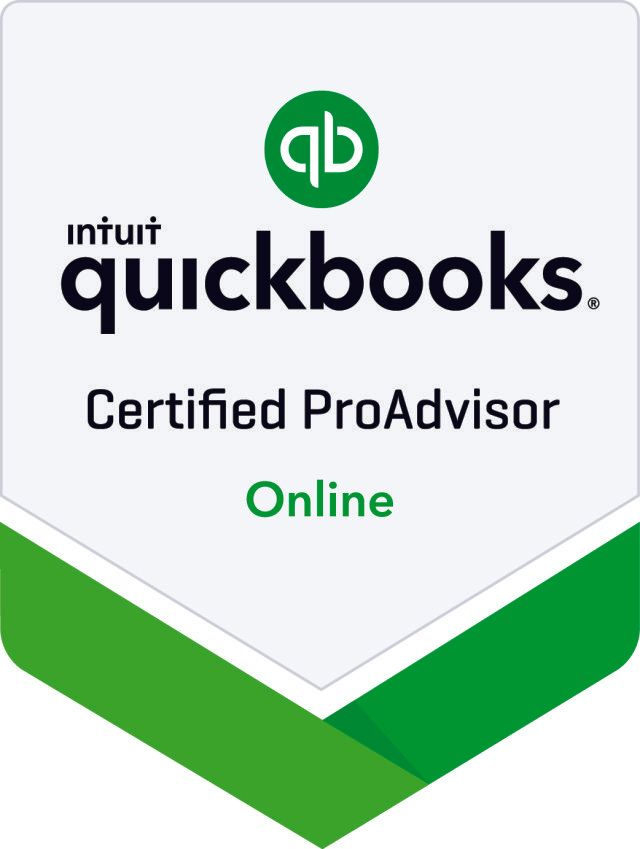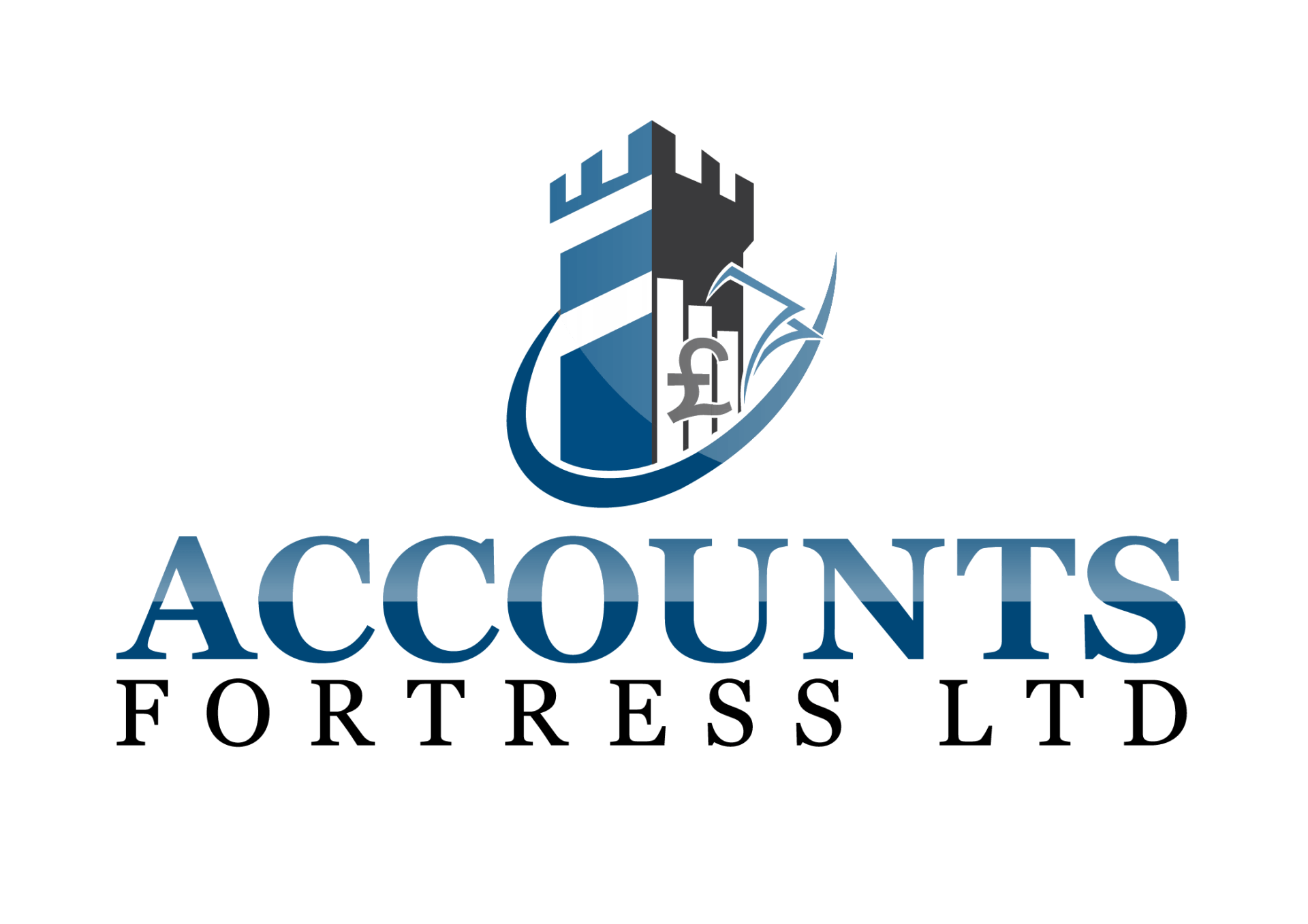Personal Tax Allowances 2021/2022
Tax Allowance Changes to Be Aware Of
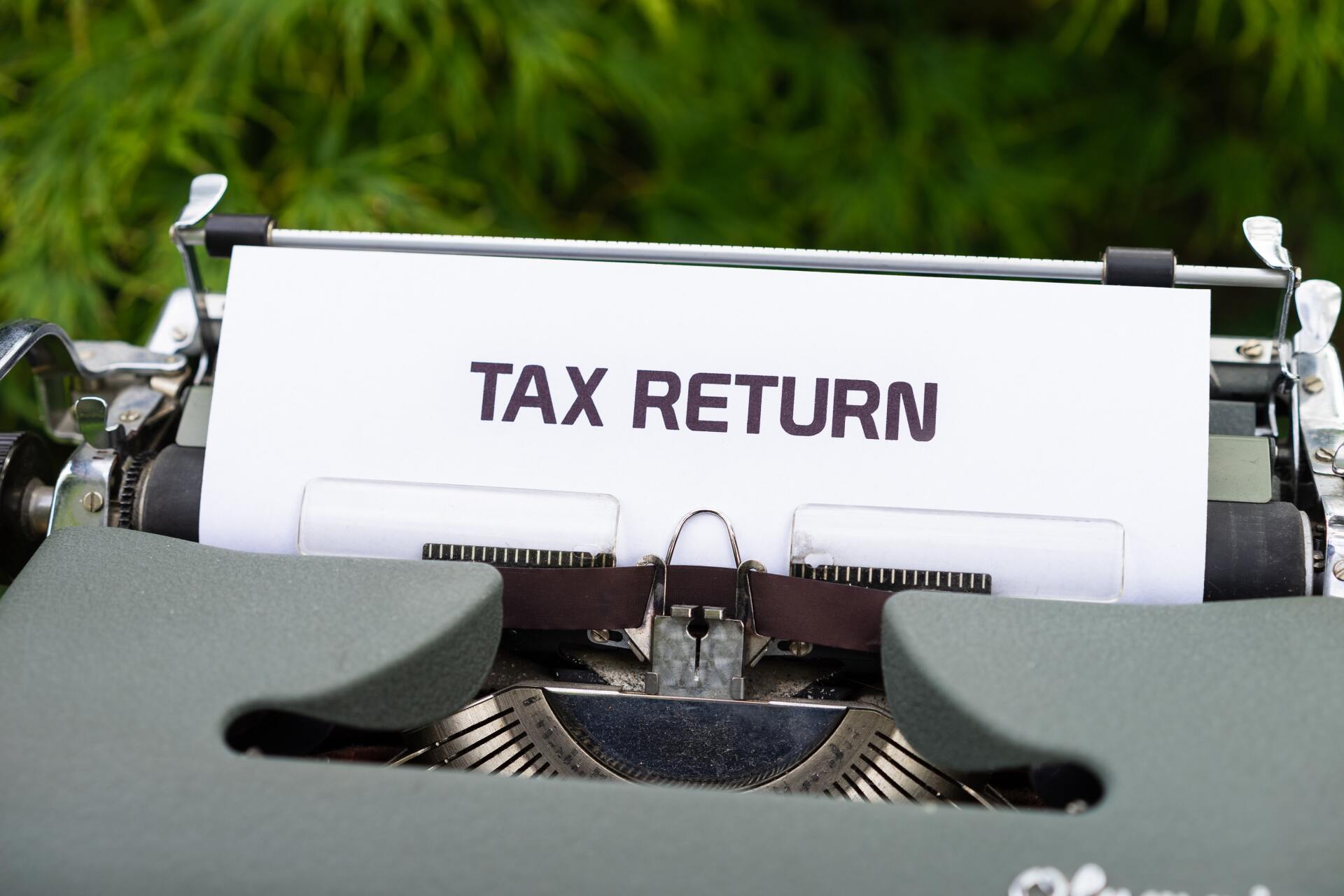
Leading small business accountants Accounts Fortress acknowledges that tax is generally regarded with disdain due to its complex nature. However, it is unfortunately one of those things that you simply can’t avoid in your adult life. The UK system of tax bands, allowances and relief schemes all affect the way individuals and businesses pay tax. Additionally, these rates, bands and allowances typically change on a yearly basis. Generally, changes to income tax are announced in the Budget before the start of the new tax year. The 2021 Budget announcement included support such as the SEISS Grant for self-employed workers, as well as the Furlough scheme. The goal of these support measures is to assist businesses and employers who have been negatively affected by the Coronavirus pandemic.
It is important, before continuing with an in depth look into the personal tax, to note that the 21/2022 tax year will run from 06 April to 2021 until 05 April 2022.
A Simplified Approach to Personal Income Tax
Simply put, tax-free personal allowance refers to the amount of income that falls before the first tax band. Essentially, if you earn below the first income band, then you won’t have to pay tax. During the ‘21 tax year, the personal allowance threshold was £12,500. For the 21/2022 tax year however, this has increased to an amount of £12,570. To illustrate this, let’s suppose that you earned £20,000 during the tax year, the taxable element of your income would be £20,000 - £12,570 = £7,430.
Beyond your
personal income tax calculations, these calculations are especially important to note should you be running a self employed business’s payroll. It is your responsibility as employer to ensure that you are deducting and paying over the correct amounts of personal income tax for your employees. This will ensure compliance with
HMRC and reduce your chances of facing penalties.
Understanding The Tax Thresholds
Not only does the amount of tax you need to pay depend on the amount you’ve earned, but also how you have earned it. Often, the most confusing part about personal income tax is working out how much income tax you are liable to pay based on the tax thresholds. So, the income tax system can be best explained as a set of bands. Each tax band represents a salary range and you pay tax based on the percentage of your income in a specific band.
After the tax free personal allowance band, the next band is the basic rate income tax band. In this particular band, you are liable for 20% tax on the proportion of income that falls into this bracket. The threshold has increased from £12,501 - £50,000, to the 21/2022 threshold of £12,571 - £50,270.
Additional Personal Income Tax Bands
Once your income total surpasses the basic rate income tax bans, you will potentially be taxed under the higher rate income tax. The part of your income in this tax band is taxed at 40%. The threshold has increased from the 21 year figures of £50,001 - £150,000, to £50,271 - £150,000. Lastly is the additional rate income tax – the highest rate. The income you earn above this threshold is subject to tax at 45% and the threshold remains at £150,000 upwards. Furthermore, there is a specific reduction calculation for personal allowance for high earners. For every £2 that you earn above £100,000, your personal allowance is reduced by £1. This means that if you earn £125,000 or more, your personal allowance is zero.
Having an experienced income tax practitioner to assist you with your taxes will ensure not only that you are certain of the amounts you are declaring, but will make the experience as stress-free as possible. Accounts Fortress is the trusted small business accounting experts in Kent. We recommend checking out our small business accounting services and getting in touch with us today to find out how we can simplify your tax submissions.
Get in Contact
Contact Us
We will get back to you as soon as possible
Please try again later
Accounts Fortress Ltd. © All rights reserved
Powered by Taking London




